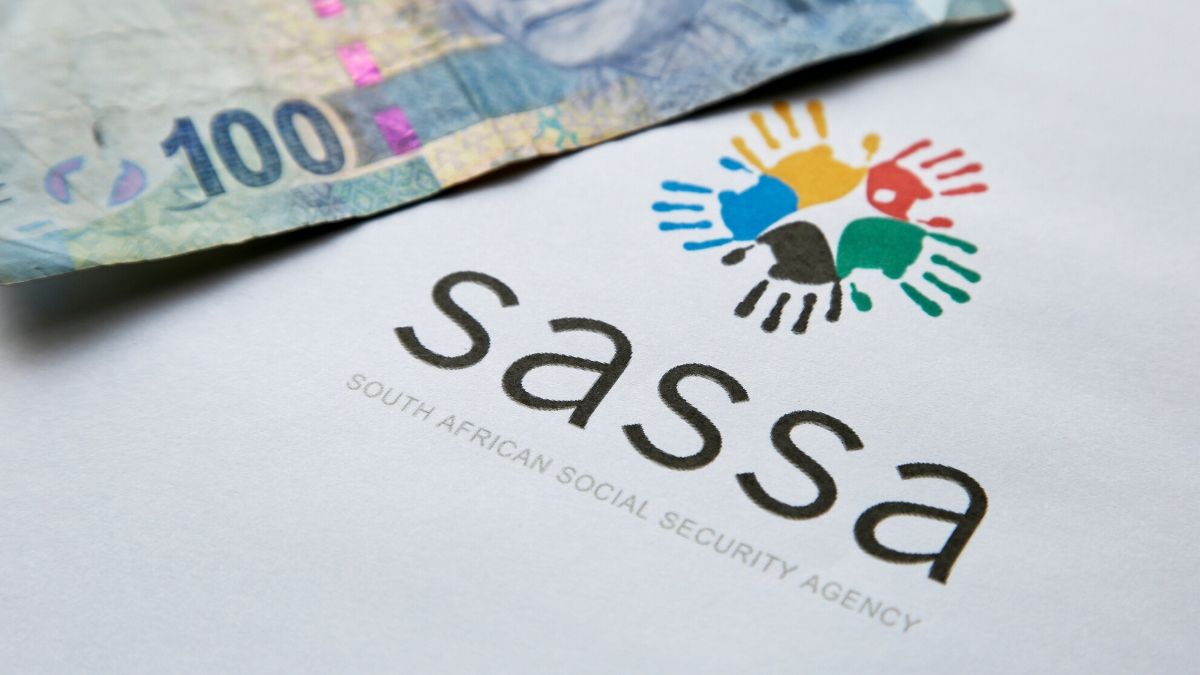South Africa’s Social Help Method (SASSA) stands as a testament to the nation’s unwavering commitment to fostering social welfare and financial inclusivity. Established in the transformative year of 1994, SASSA has emerged as a complex but indispensable structure, intricately woven into the fabric of South African society. This post embarks on a complete exploration of SASSA, peeling back the layers to reveal its historical underpinnings, the myriad grants it encompasses, and the profound influence it has on the lives of millions.
At its inception, SASSA was conceived as a response to the pressing need to have for a robust social help system. The post-apartheid era demanded a proactive approach to poverty alleviation, and SASSA emerged as a essential instrument in this endeavor. Over the years, the technique has evolved, presenting a diverse array of grants meticulously tailored to address the distinct challenges faced by a variety of segments of the population.

sassa status to the SASSA framework are the social grants, each developed with precision to extend monetary help where it is most necessary. The Old Age Grant, for instance, serves as a economic lifeline for the elderly population, ensuring a measure of comfort and security in their later years. Simultaneously, the Disability Grant recognizes and addresses the unique hurdles faced by people with disabilities, aiming not just to present monetary assistance but also to foster a sense of empowerment and inclusivity.
In the vast tapestry of SASSA, the Youngster Assistance Grant emerges as a beacon, casting light on the vulnerability of kids in economically strained households. This grant, much more than a mere monetary stipend, is a strategic investment in breaking the cycle of intergenerational poverty, nurturing the possible of the subsequent generation.
Having said that, SASSA, like any comprehensive technique, is not devoid of its challenges. Administrative complexities and bureaucratic hurdles have, at instances, hindered the smooth flow of assistance to those in need. The application process, although developed to be a gateway to support, has sometimes turn into a bottleneck, leaving beneficiaries waiting for the essential aid they need. Moreover, discussions on the adequacy of grant amounts have echoed in a variety of forums, underscoring the dynamic nature of socio-financial challenges and the have to have for periodic reassessment.
Despite these challenges, recent years have witnessed a concerted effort to refine and boost the efficiency of the SASSA system. Technological advancements, such as on the web application platforms and digital payment mechanisms, aim to simplify processes and improve accessibility. Stakeholders, including advocacy groups and policymakers, engage in ongoing dialogues to address shortcomings and ensure that the program remains adaptive and responsive to the evolving demands of the population it serves.
In conclusion, South Africa’s Social Help Program, with its intricate tapestry of grants, embodies the nation’s dedication to developing a additional equitable society. SASSA is not merely a system it is a manifestation of South Africa’s commitment to social justice and the properly-being of its citizens. As the nation continues to navigate the complicated landscape of socio-financial improvement, SASSA stands as a cornerstone, weaving a narrative of compassion, inclusivity, and resilience into the very fabric of South African society.

